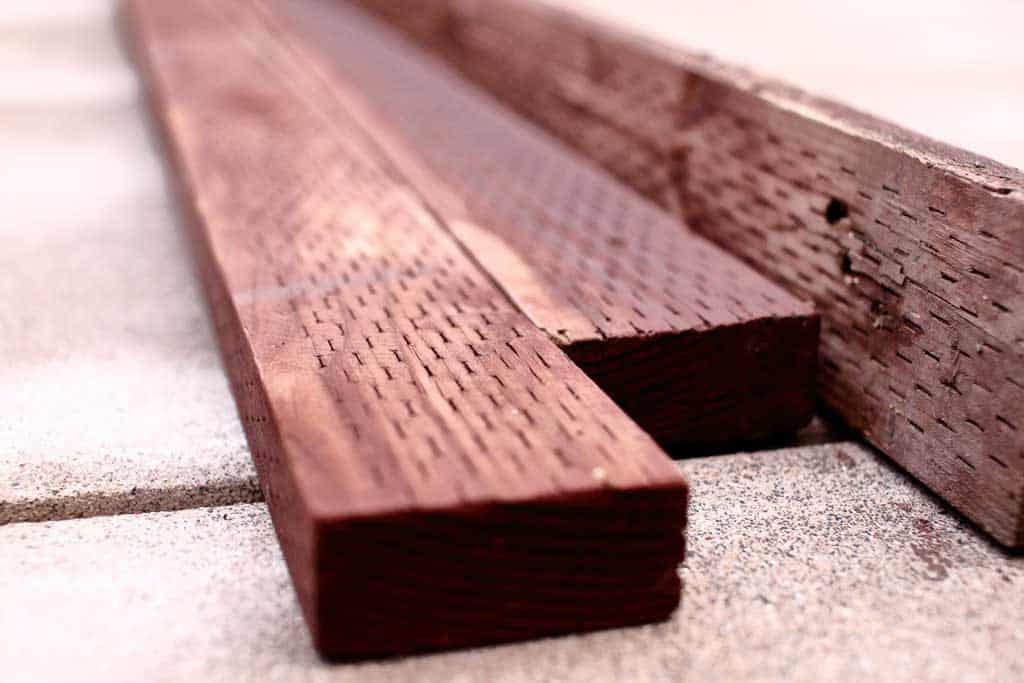A Deeper Look at Treated Lumber: What You Need to Know Before You Build
Constructing a structure that not only withstands the test of time but also harmonizes with environmental responsibility and safety mandates a meticulous consideration of the materials employed. In this symphony of durability and aesthetics, treated lumber emerges as a maestro in the construction industry. This comprehensive exploration aims to peel back the layers of treated lumber, delving into its historical significance, the diverse landscape of treatment methods, environmental implications, and the critical factors one needs to grasp before embarking on a construction project.

What is Treated Lumber?
Treated lumber, at its essence, is a testament to human ingenuity in enhancing wood’s natural properties. It undergoes a meticulous process designed to fortify its resilience and resistance to the relentless forces of decay, pests, and environmental degradation. Commonly used woods for treated lumber include pine, fir, and spruce. The historical trajectory of treated lumber tells a compelling story of the industry’s relentless pursuit of addressing the vulnerabilities inherent in untreated wood in construction.
The Need for Treatment
Picture a scenario where untreated wood, when exposed to the elements, succumbs to the relentless forces of decay, pest infestation, and other forms of damage. It is in these vulnerable moments that treated lumber transcends being a mere choice and becomes a necessity in construction. The consequences of neglecting treatment reverberate through structures that prematurely deteriorate, compromising safety and structural integrity. Treated lumber emerges as the shield against nature’s relentless onslaught.
Types of Treatment
The realm of treated lumber is diverse, offering a plethora of treatment methods with unique benefits. Pressure treatment, a commonly employed method, involves the use of high-pressure chambers to force preservatives into the wood, creating a robust shield against external threats. Chemical treatments, such as those employing borates or copper compounds, present alternative avenues. Heat treatment, microwave treatment, and others further expand the palette of options. Each treatment type carries its set of pros and cons, influencing the wood’s performance, appearance, and lifespan. The symphony of treated lumber is composed of various notes, each contributing to the overall durability and resilience of the material.
Environmental Considerations
In an era where sustainability is not just a buzzword but a guiding principle, the environmental impact of treated lumber takes center stage. Choosing eco-friendly treatment options and adopting sustainable practices aligns with the broader goal of responsible construction. The challenge lies in balancing the need for treated lumber with an unwavering commitment to environmental consciousness, ensuring a greener future for the construction industry. The conductor’s baton orchestrates a delicate balance between construction needs and ecological responsibility, forging a path toward a sustainable and resilient future.
Common Misconceptions
Treated lumber, despite its widespread use, is not immune to misconceptions. Dispelling these myths is essential for fostering informed decision-making. Safety concerns often cloak-treated wood, but with advancements in treatment technologies, many of these worries have been alleviated. This section aims to debunk prevalent misconceptions, providing clarity for builders and homeowners alike. Knowledge is the antidote to misinformation, and as we unravel the intricacies of treated lumber, we empower individuals to make decisions grounded in reality rather than misconception.
Building with Treated Lumber
Incorporating treated lumber into construction projects demands more than a cursory understanding; it necessitates careful planning. Best practices include selecting the right type of treated lumber for specific applications and ensuring compliance with local building codes and regulations. The versatility of treated lumber makes it a valuable asset in various construction scenarios, offering both strength and longevity. It becomes the cornerstone upon which the architectural vision is realized, providing not just a structure but a testament to craftsmanship and foresight.
Maintenance and Longevity
To extract the maximum benefits from treated lumber, a commitment to proper maintenance is paramount. Guidelines for maintaining treated lumber structures include regular inspections, sealing, and addressing any signs of wear or damage promptly. Understanding the expected lifespan of treated lumber and actively contributing to its longevity ensures a lasting and resilient construction that stands as a testament to meticulous craftsmanship. In this enduring relationship between structure and stewardship, maintenance becomes the guardian of longevity, preserving the legacy embedded in every treated lumber fiber.
In conclusion, treated lumber emerges as a maestro in the construction industry, conducting a symphony of durability, resilience, and environmental responsibility. By understanding its historical significance, exploring the diverse landscape of treatment methods, considering environmental implications, and delving into critical factors, builders can make informed decisions. Whether you’re constructing a new home, a deck, or any other project, treating your lumber right from the start ensures a solid foundation for the future. Remember, the key to a lasting legacy is in the details, and treated lumber is a detail that should never be overlooked. The symphony of construction finds harmony in the careful orchestration of materials, and treated lumber is a melody that resonates through time, ensuring a legacy that withstands the trials of the elements and stands as a testament to human ingenuity and environmental stewardship.
